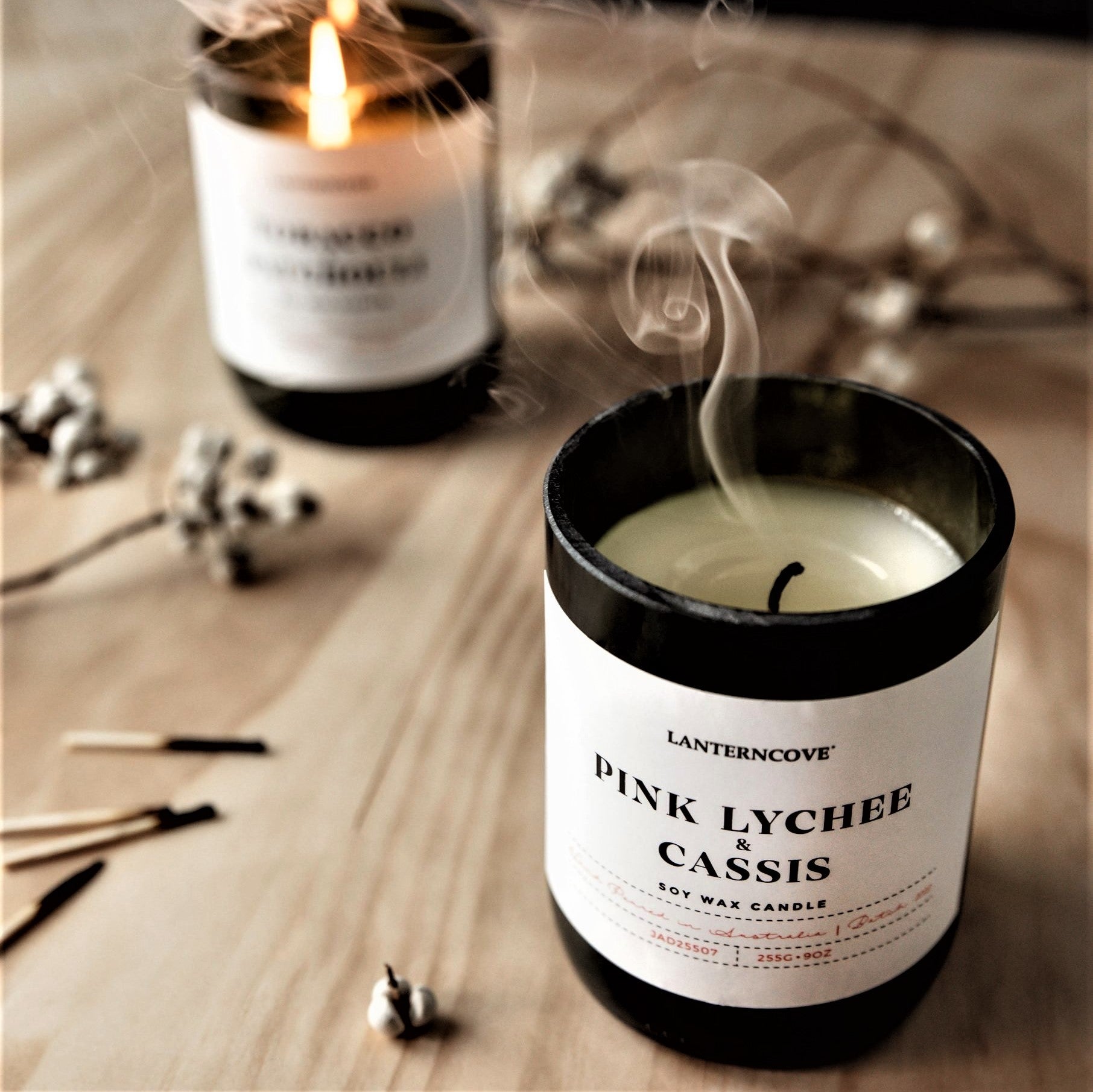Brighten Your Setting with Crystal Soy Candles and Home Fragrance
Brighten Your Setting with Crystal Soy Candles and Home Fragrance
Blog Article
From Wick to Wax: Understanding the Chemistry Behind Soy Wax Candles and Their Environmental Influence
As we brighten our spaces with the cozy glow of candle lights, there lies a world of complex chemistry behind the relatively straightforward act of lighting a soy wax candle. The selection between soy and paraffin wax extends beyond plain aesthetics, diving into the realm of ecological impact and the really structure of the materials. Understanding the molecular framework of soy wax and its combustion procedure drops light on the discharges launched into our environments. Join us as we untangle the scientific intricacies behind soy wax candle lights and discover their ramifications on our setting.
Soy Wax Vs. Paraffin Wax
When comparing soy wax and paraffin wax for candle production, it is important to comprehend the distinct qualities and advantages of each product. Soy wax is an all-natural, renewable energy obtained from soybean oil, making it naturally degradable and eco-friendly - candles. On the other hand, paraffin wax is a byproduct of oil refining, which increases worries regarding its ecological influence and sustainability
Soy wax candles burn cleaner and release less soot compared to paraffin wax candle lights, making them a much healthier option for interior air top quality. In addition, soy wax has a reduced melting factor, permitting a longer-lasting candle that disperses scent better. Paraffin wax, on the various other hand, has a tendency to shed faster and much less easily, potentially launching harmful chemicals right into the air.
From a sustainability perspective, soy wax is favored for its biodegradability and renewable sourcing, straightening with the expanding consumer choice for eco mindful products. While paraffin wax has actually been a traditional choice in candle light making because of its price and simplicity of use, the shift towards environmentally friendly alternatives like soy wax is gaining energy in the sector.
Chemical Structure of Soy Wax

Burning Refine in Soy Candles
The chemical structure of soy wax directly affects the combustion process in soy candle lights, impacting factors such as shed time, fragrance launch, and environmental impact. see page When a soy candle is lit, the warm from the flame thaws the wax near the wick.
The combustion performance of soy candle lights is influenced by the pureness of the soy wax and the high quality of the wick. A clean-burning soy candle with a correctly sized wick will certainly generate a constant fire and minimize soot formation. This not just expands the shed time of the candle light however also improves the release of scents. In addition, soy wax candles have a reduced environmental influence compared to paraffin candle lights because of their eco-friendly and naturally degradable nature.

Ecological Benefits of Soy Wax

Taken into consideration a sustainable alternative to typical paraffin wax, soy wax offers remarkable environmental benefits that make it a popular choice amongst eco-conscious consumers. Soy wax burns cleaner and generates less soot than paraffin wax, contributing to better interior air quality and reducing the requirement for cleaning and maintenance. On the whole, the environmental advantages of soy wax line up with the anonymous expanding need for sustainable and eco-friendly items in the market.
Recycling and Disposal Considerations
Recycling and appropriate disposal of soy wax candle lights play a vital role in keeping environmental sustainability and reducing waste in households and communities. When it comes to recycling soy wax candles, the first action is to guarantee that the candle light has melted totally.

In regards to disposal, if recycling is not an option, soy wax candle lights are biodegradable and can be safely thrown away in the majority of home waste systems. Nevertheless, it is always advised to contact regional recycling facilities or waste management solutions for specific standards on candle light disposal to ensure proper handling and environmental management.
Verdict
In conclusion, the chemistry behind soy wax candle lights exposes their environmental advantages over paraffin wax candles. Soy wax, acquired from soybean oil, burns cleaner and creates less residue when compared to paraffin wax.
When comparing soy wax and paraffin wax for candle light making, it is important to recognize the distinct characteristics and advantages of each material (crystal soy candles).Soy wax candles melt cleaner and emit much less soot contrasted to paraffin wax candles, making them a much healthier option for indoor air top quality.Thought about a sustainable option to traditional paraffin wax, soy wax offers noteworthy ecological benefits that make it a popular option amongst eco-conscious consumers. Soy wax burns cleaner and generates much less soot than paraffin wax, adding to better interior air quality and lowering the need for cleaning and maintenance.In more information verdict, the chemistry behind soy wax candle lights reveals their ecological advantages over paraffin wax candle lights
Report this page